Equipment
Why a blade isn’t “just a blade”
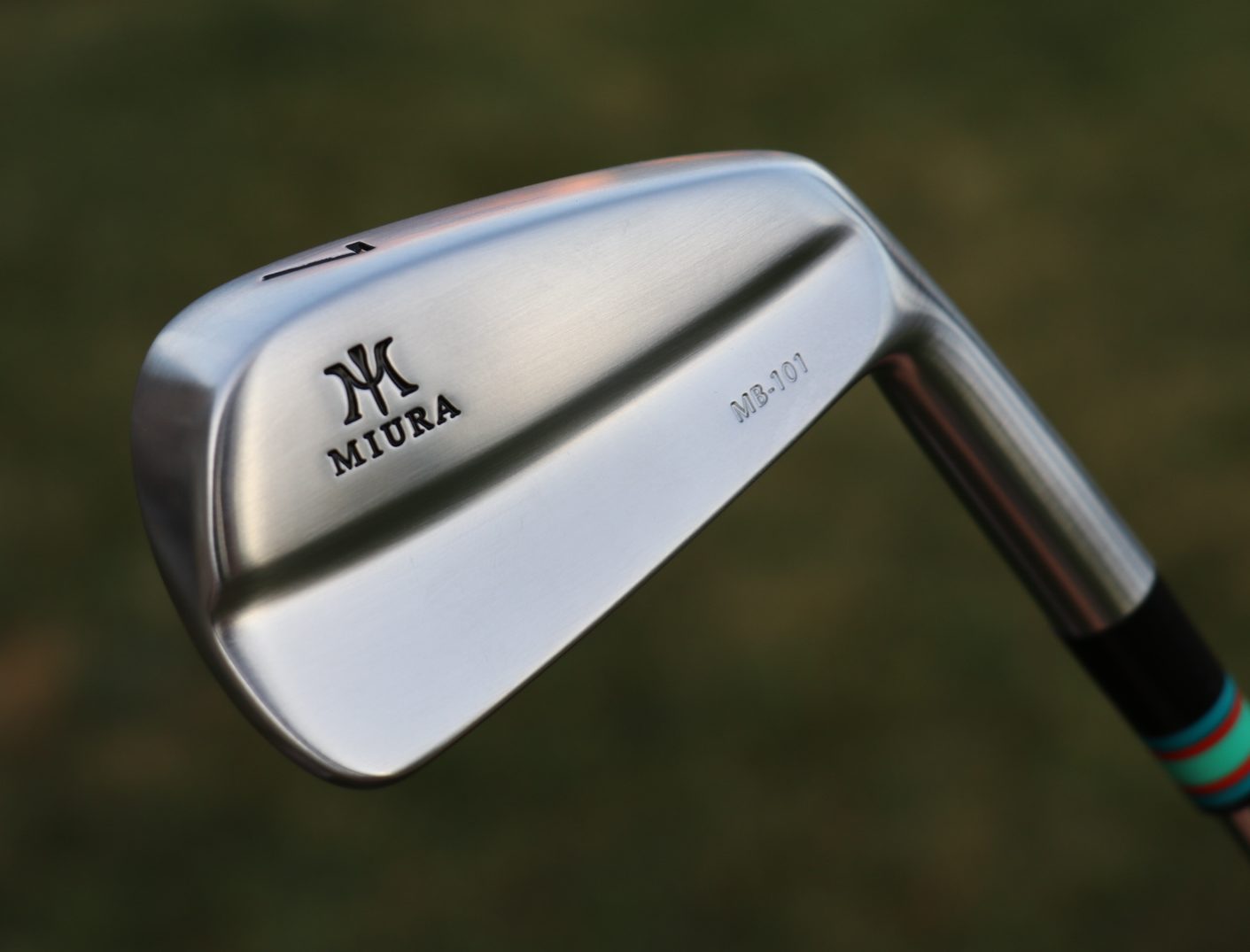
Saying “a blade is just a blade,” is like equating all coupes to just two-door cars because of their similar design characteristics, when in fact, just like cars, every line and transition along the body is as important as what’s under the hood.
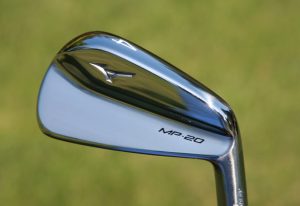
To define a “blade,” it is a club design that features a solid mass behind the hitting area, with a thinner sole and higher center of gravity to create greater workability. Blades are less forgiving than cavity backs and were given their name thanks to their thin look resembling knives.
Blades are easy to recognize even from a distance, although there are irons on the market that resemble blades by appearance but offer a lot of technology and forgiveness.
If we’re going to stick with the car analogy, it’s the equivalent of rolling up to a red light with a “sleeper”—it looks docile but is packed with horsepower.
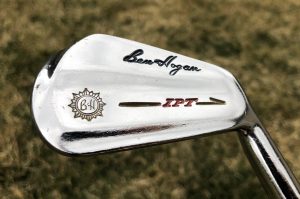
Most OEMs do not replace blades in their lineups as frequently as other models because of the lack of technological advancement compared to game-improvement clubs. Instead, blade models are generally replaced as player preferences change and are a reflection more of playing conditions than technology.
If we compare older blade irons to modern ones, for example, the easiest difference to spot is the sole profile. Older clubs have flatter, less cambered (radius from the leading edge to the back of the head) soles compared to modern clubs that are much more rounded to help improve turf interaction. These are the other key design elements that make up the profile of an iron.
- Topline: The topline of a club plays one of the biggest factors on how the club looks from address. The general rule of thumb is thick toplines inspire confidence since there is more “mass” behind the ball, but in some cases—like Rickie Fowler’s new irons, thinner is the winner.
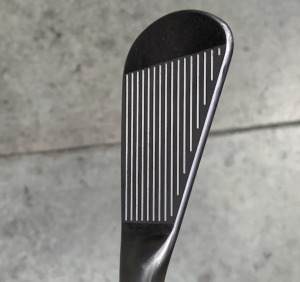
The topline of Rickie Fowler’s 7-iron
- Sole: Over time, sole profiles have become more homogeneous compared to other design elements because they have evolved as turf conditions have improved. As mentioned earlier, modern blades with more bounce and camber are much easier to hit in varying conditions.
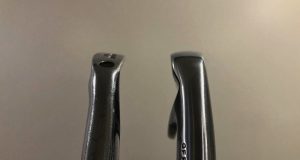
1960s Hagen (left) vs. 2020 Mizuno (right)
- Toe profile: Similar to the topline, the toe profile will drastically change the look of a club. Although each one of slightly different they generally fall into three categories; square, rounded, and teardrop. Square toe irons are less common and the result in a sharper angle where the toe meets the topline. Round is the most modern style that you see on most irons today, and two of the best examples are the Mizuno MP20, and the Titleist 620 Blade. The teardrop profile is more commonly found in JDM (Japanese Domestic Market) clubs but a good representation of this would be the Ping BluePrint.
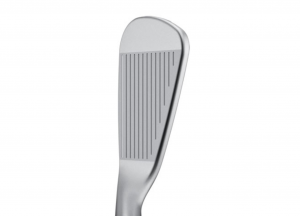
Address profile of the Ping Blueprint
The toe profile also plays a big part in how long the blade length appears from the address position, with the square toe making the club look the shortest.
So next time you are looking at a set of blades, pay close attention to the small details around the head to help you figure out the ideal clubs for you.
You can also find discussions on blades, among many other topics in our GolfWRX General Equipment Forum
- LIKE130
- LEGIT18
- WOW1
- LOL1
- IDHT0
- FLOP3
- OB1
- SHANK14
Whats in the Bag
Steve Stricker WITB 2024 (April)
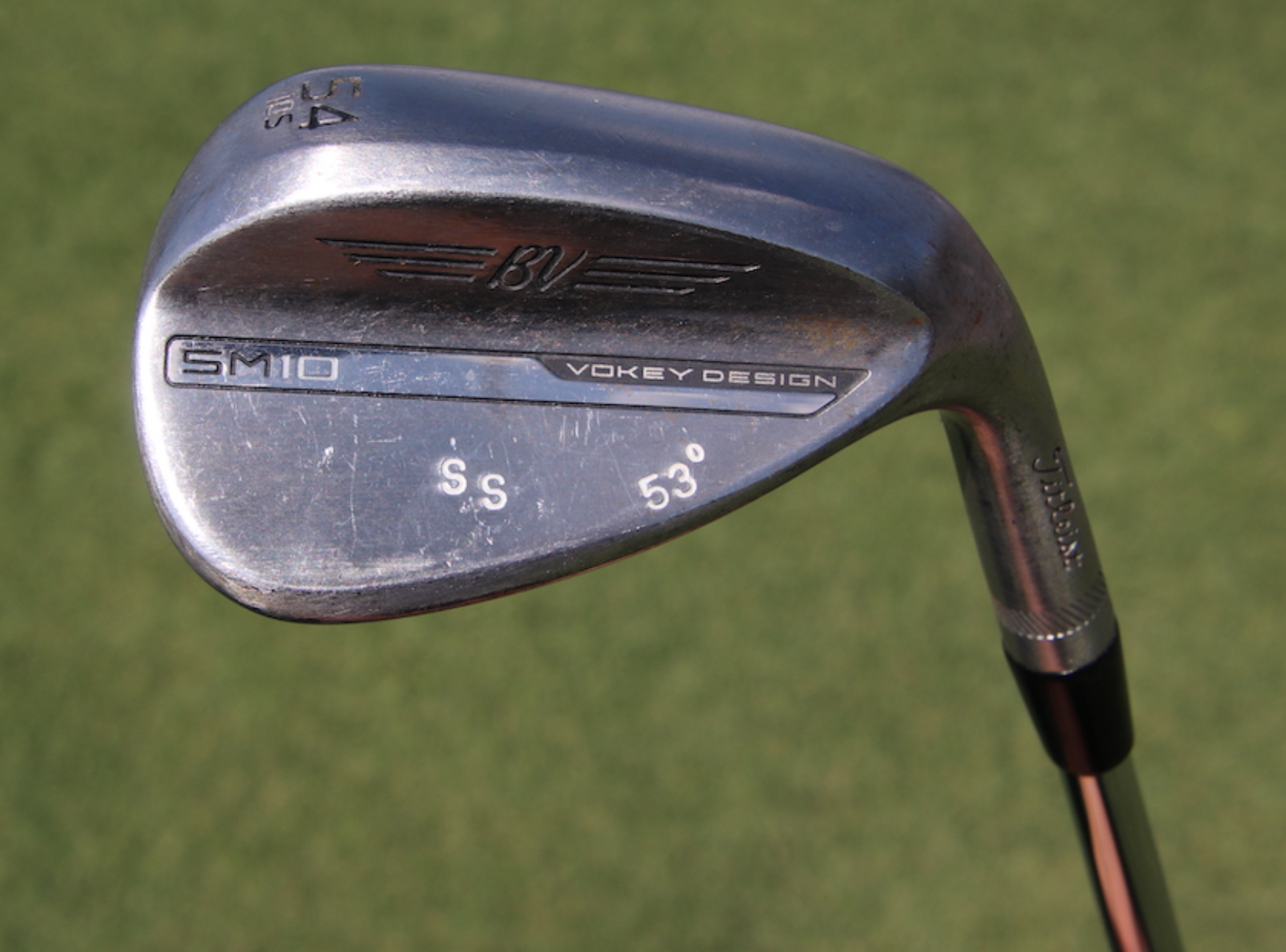
- Steve Stricker WITB accurate as of the Zurich Classic. More photos from the event here.
Driver: Titleist TSR3 (9 degrees, C4 SureFit setting)
Shaft: Fujikura Motore Speeder VC 7.2 X
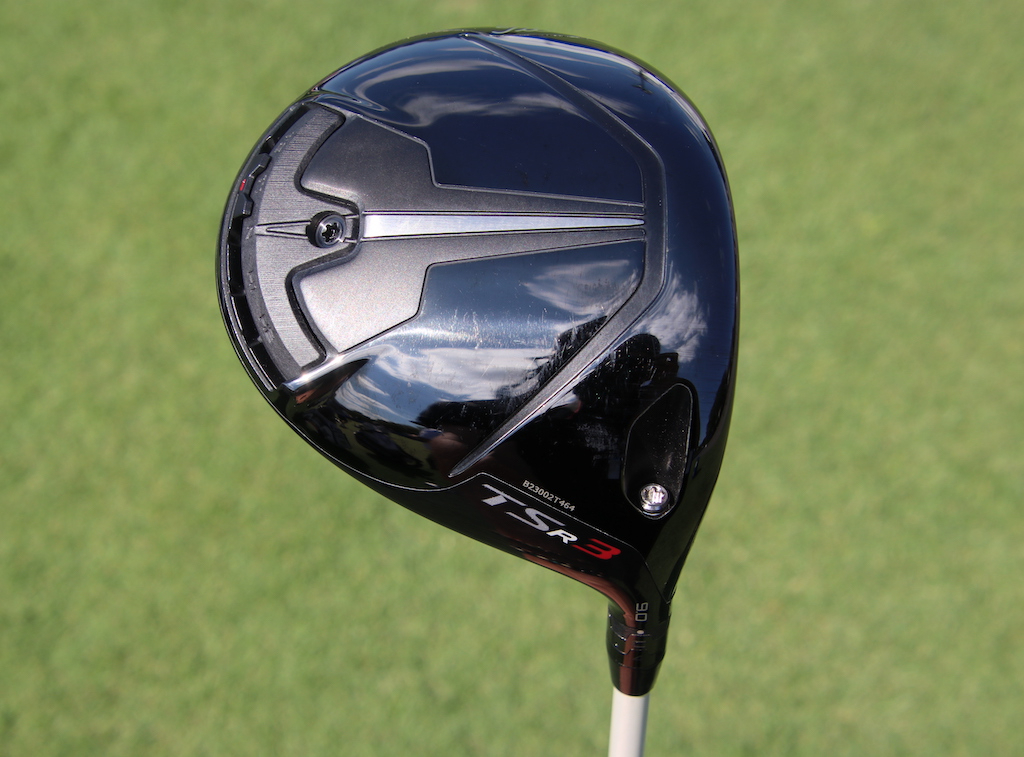

3-wood: Titleist 915F (13.5 degrees)
Shaft: Mitsubishi Tensei CK Pro White 80 TX
Hybrid: Titleist 816 H1 (17 degrees)
Shaft: Fujikura Motore Speeder VC 9.2 X
Irons: Titleist T200 (3, 4), Titleist T100 (5-9)
Shafts: Project X 6.5
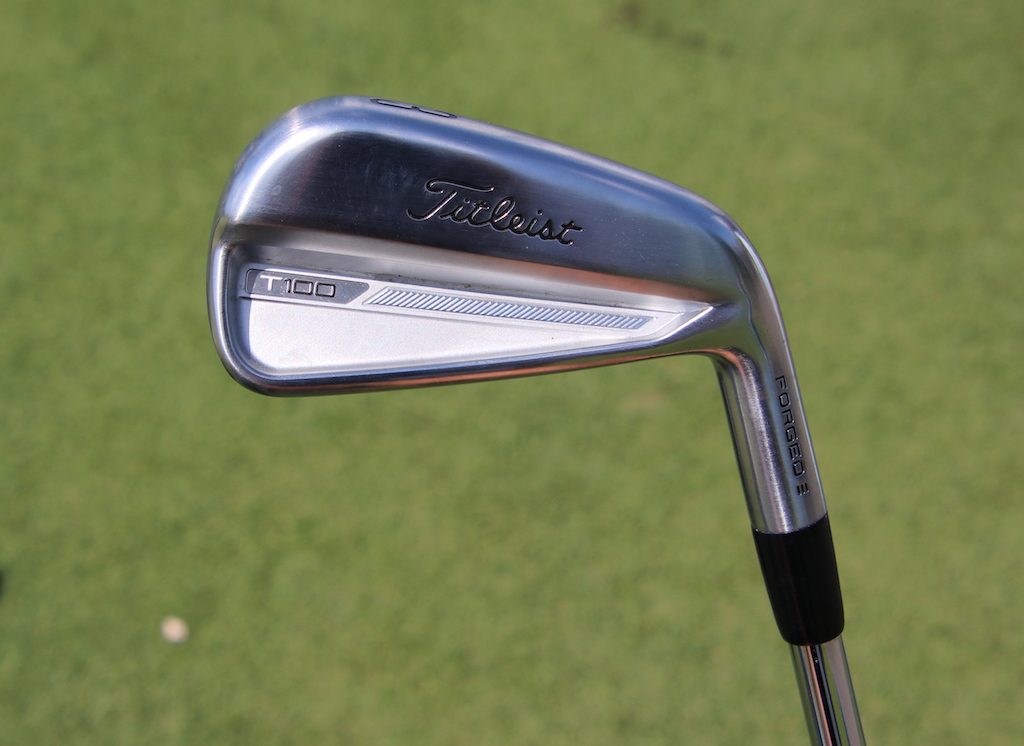
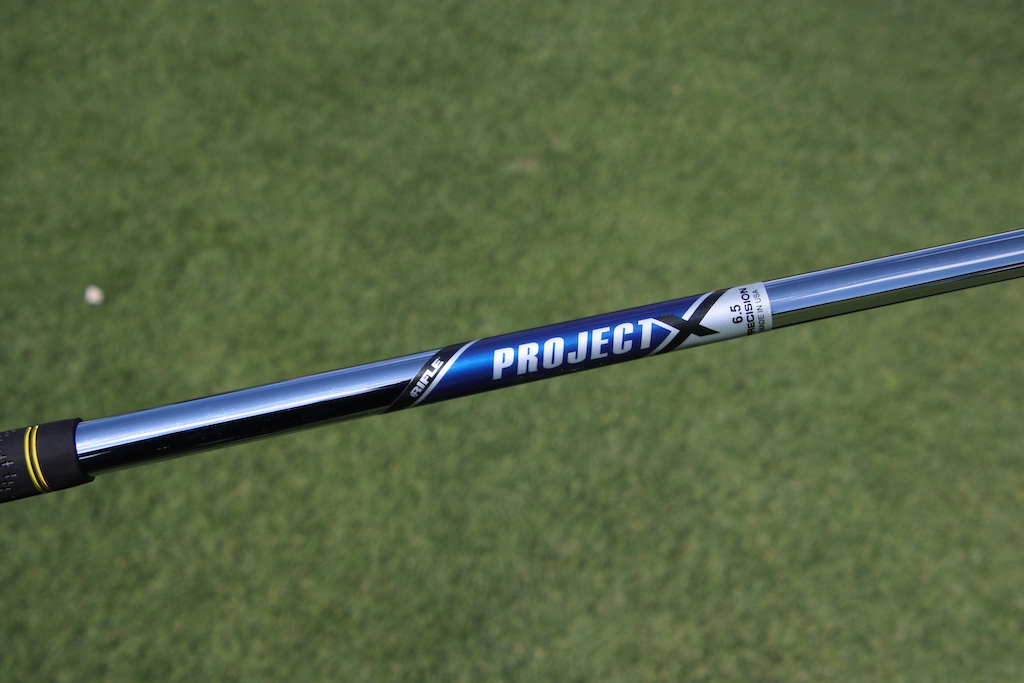
Wedges: Titleist Vokey SM8 (46-10F @55), Titleist Vokey SM10 (54-10S @53), Titleist Vokey SM4 (60 @59)
Shafts: True Temper Dynamic Gold X100 w/Sensicore
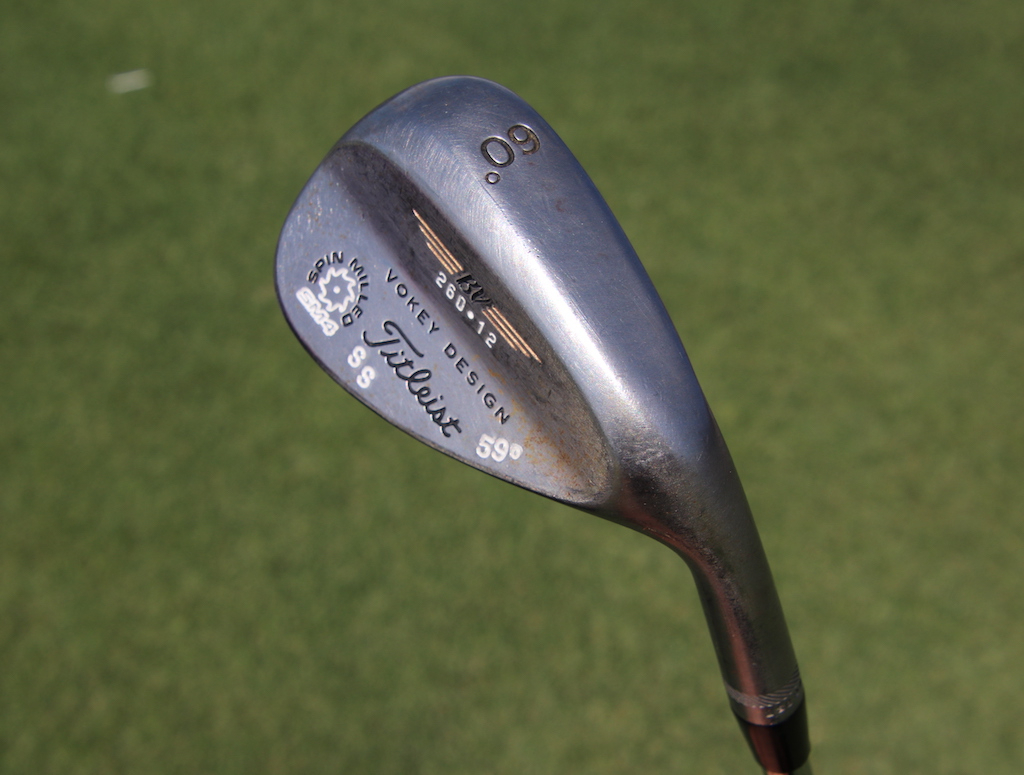
Putter: Odyssey White Hot No. 2
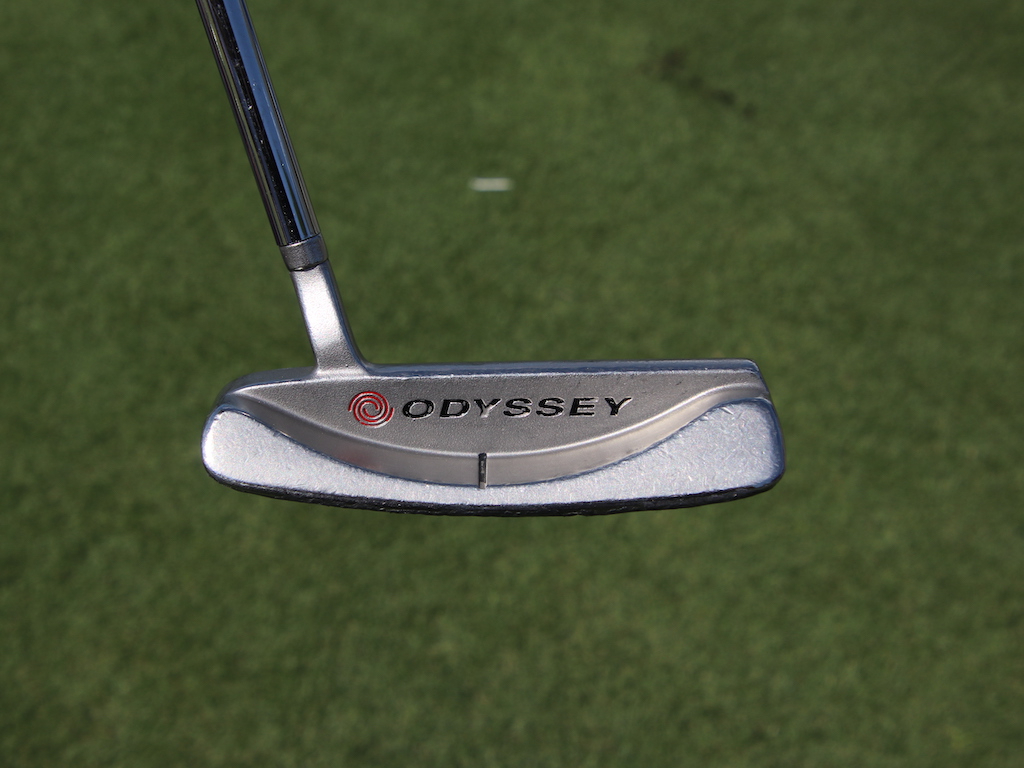
Ball: Titleist Pro V1x
Grips: Golf Pride Tour Velvet Grip Rite
Check out more in-hand photos of Steve Stricker’s clubs here.
- LIKE26
- LEGIT2
- WOW0
- LOL1
- IDHT1
- FLOP0
- OB0
- SHANK1
Whats in the Bag
Alex Fitzpatrick WITB 2024 (April)
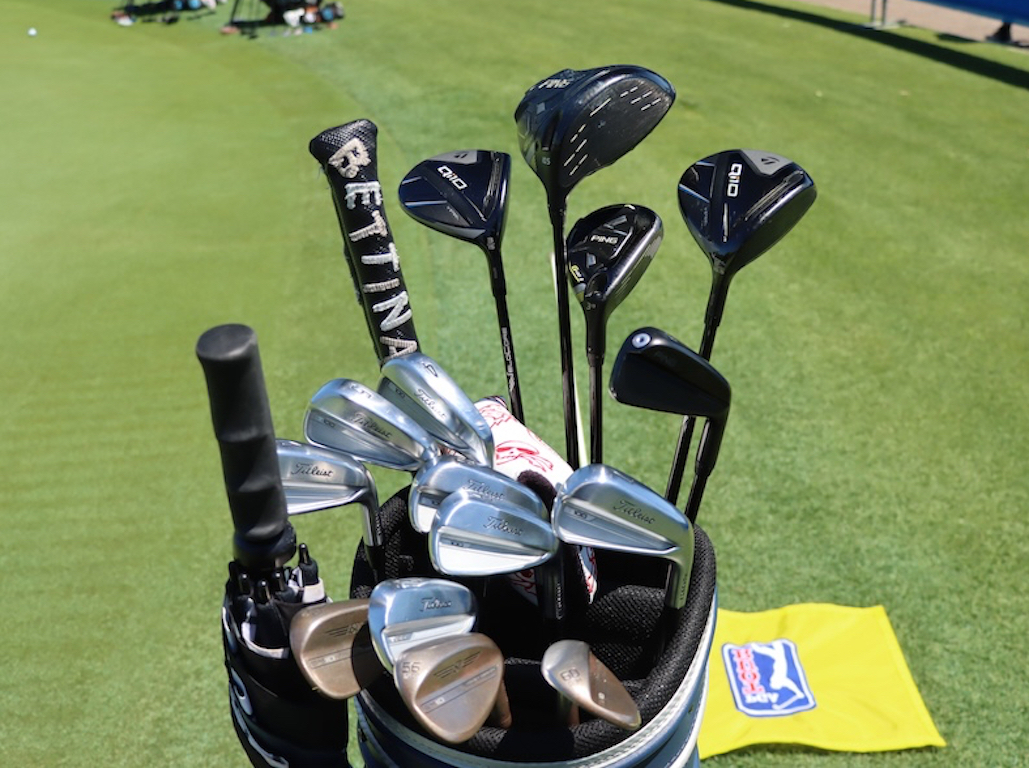
- Alex Fitzpatrick what’s in the bag accurate as of the Zurich Classic.
Driver: Ping G430 LST (10.5 degrees)
Shaft: Fujikura Ventus Black 6 X
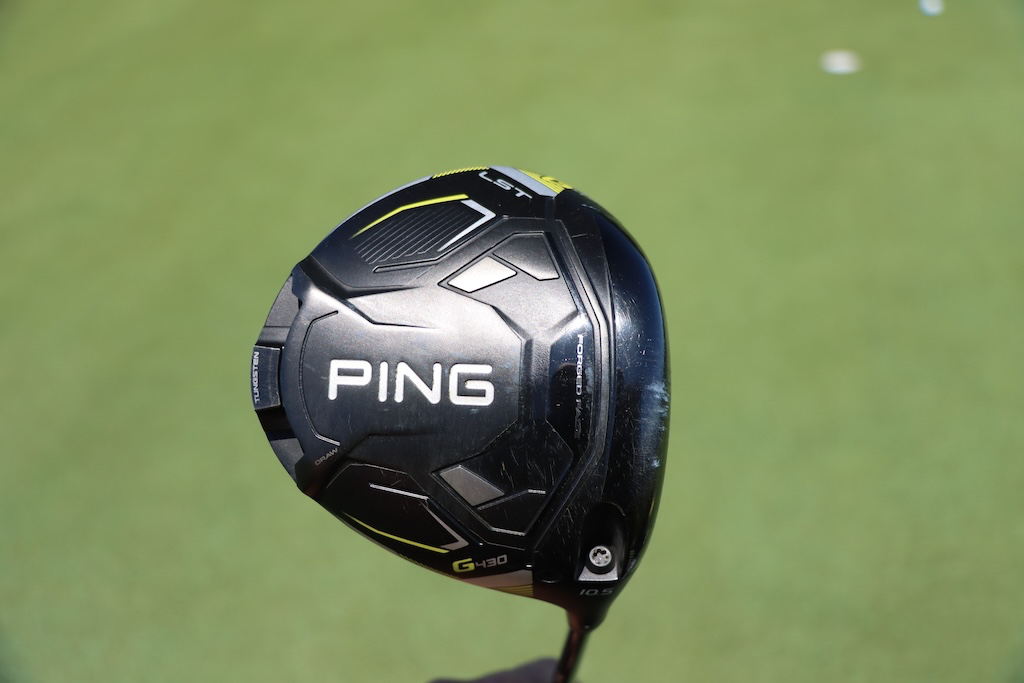
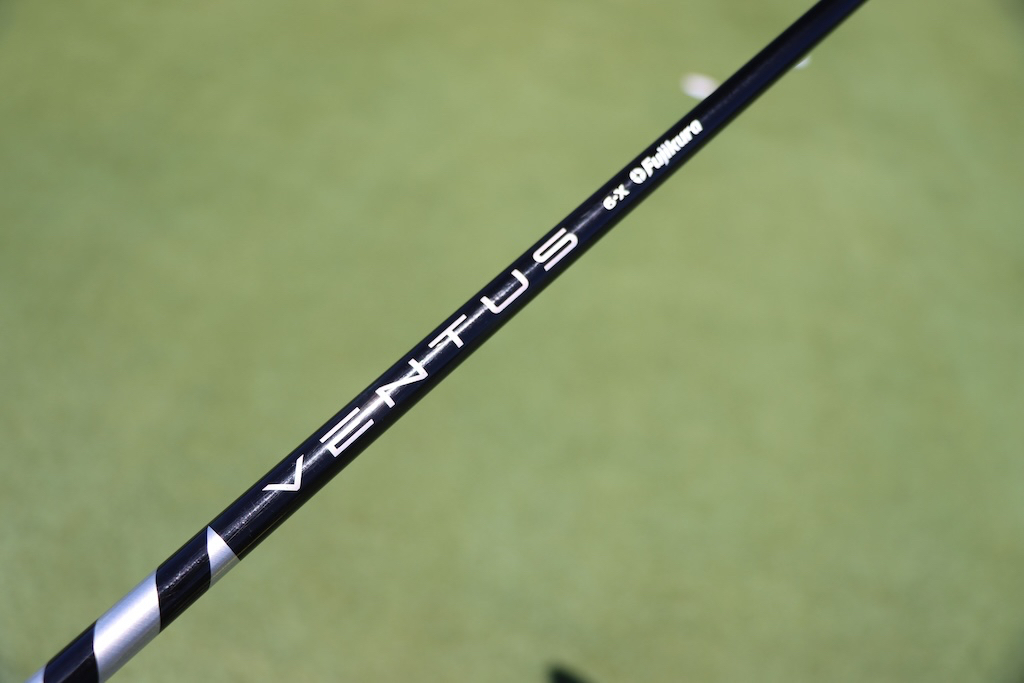
3-wood: TaylorMade Qi10 (15 degrees)
Shaft: Fujikura Ventus TR Black 7 X
Hybrid: Ping G430 (19 degrees)
Shaft: Fujikura Ventus Black HB 10 TX
Irons: Ping iCrossover (2), Titleist T100 (4-PW)
Shafts: Fujikura Ventus Black HB 9 TX (2), Nippon N.S. Pro Modus 3 Tour 120 X (4-9)
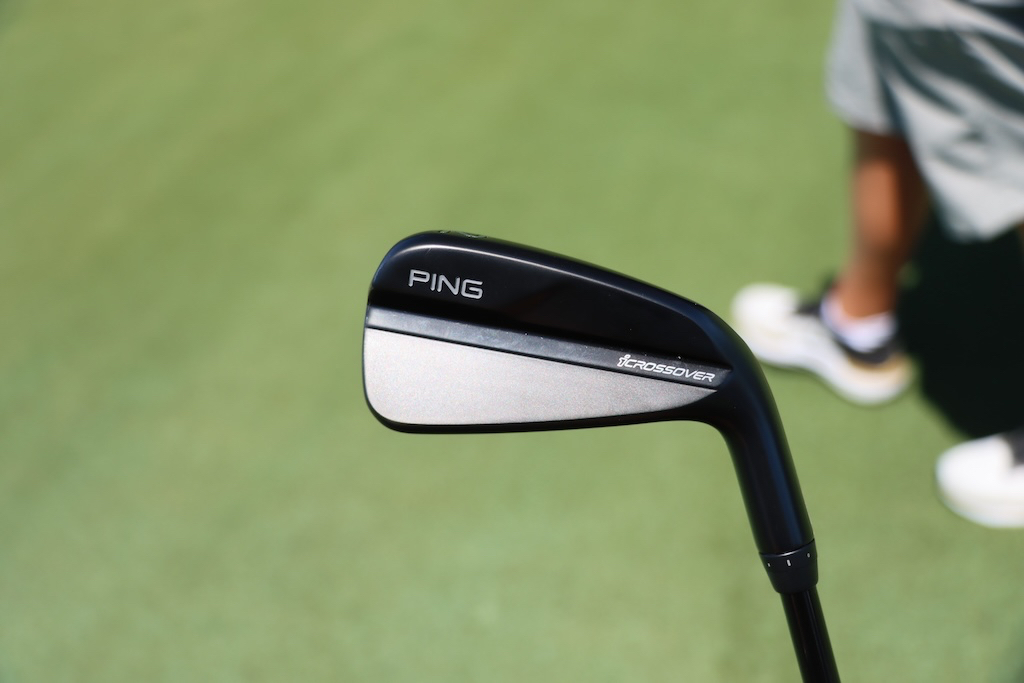
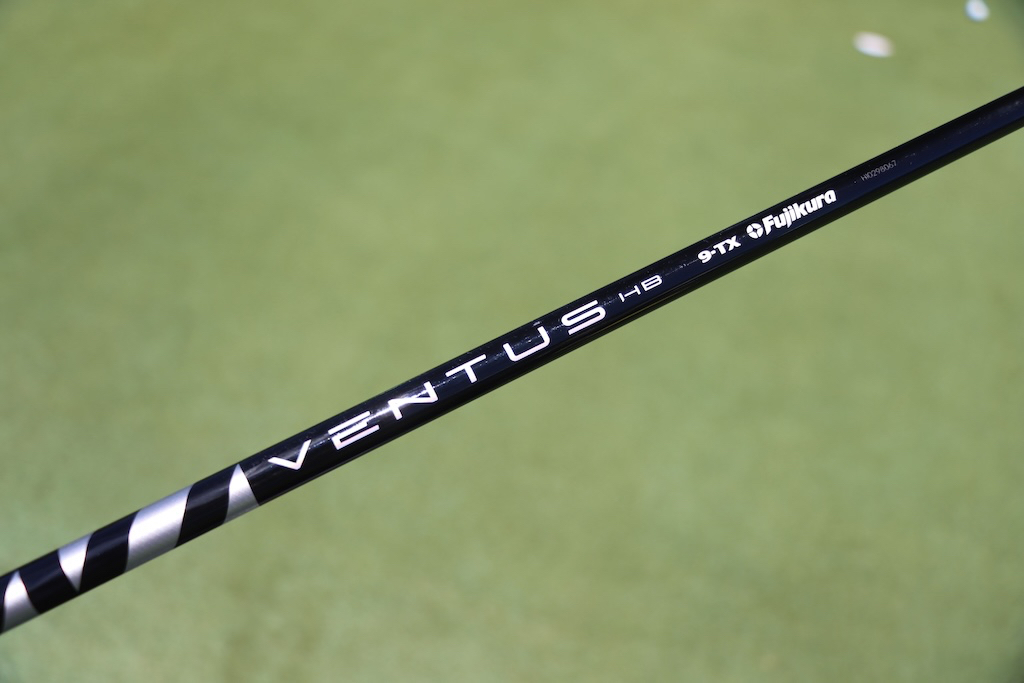
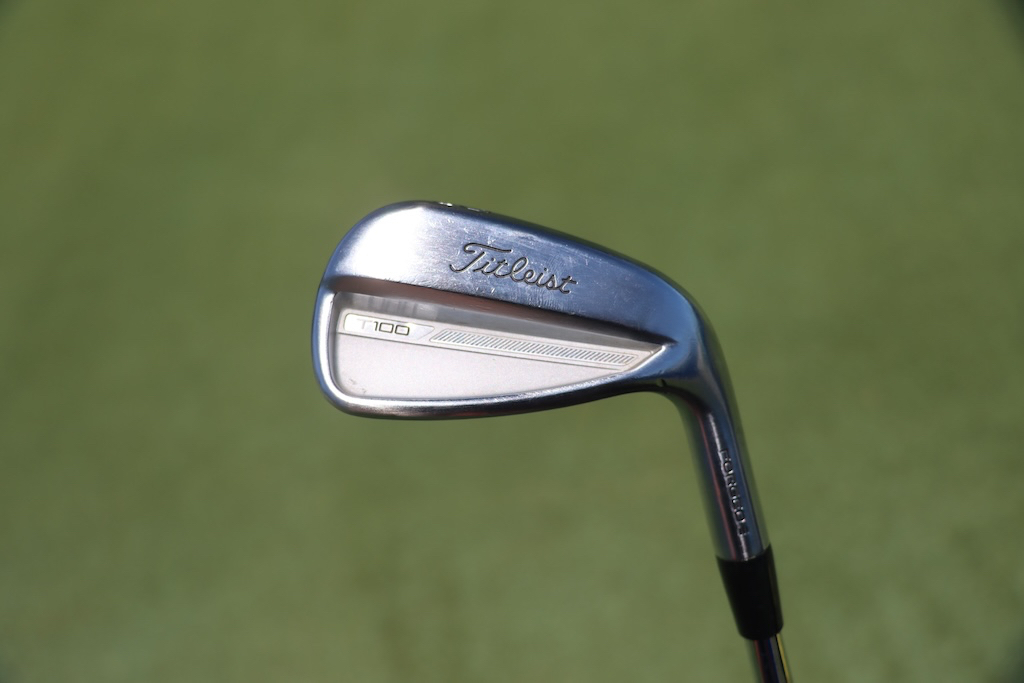
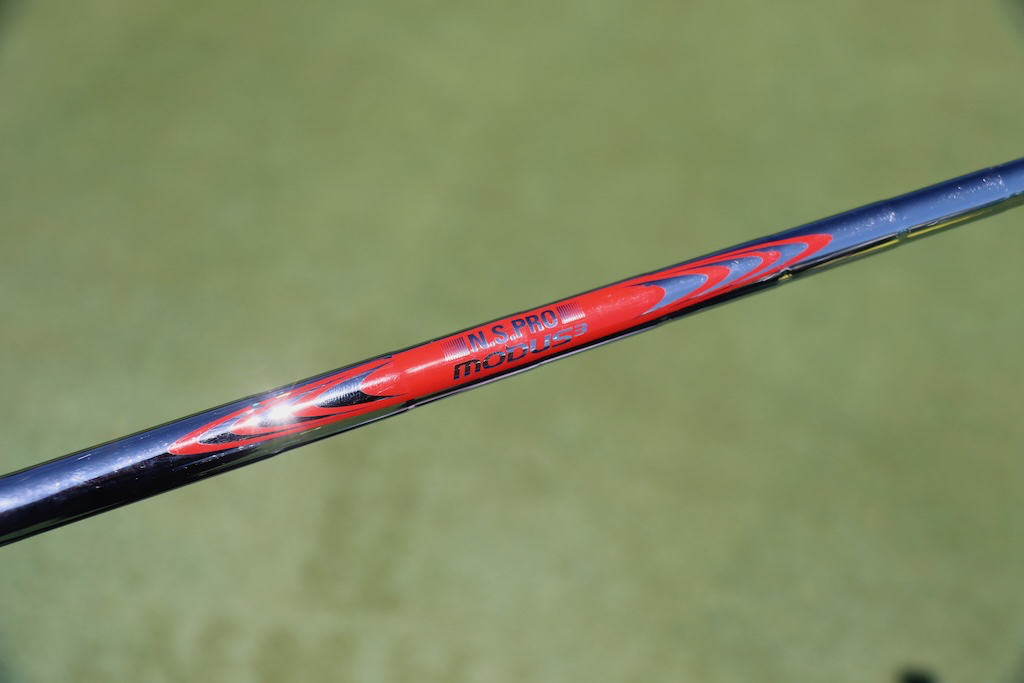
Wedges: Titleist Vokey Design SM10 (50-12F, 56-12D, 60-08M)
Shafts: Nippon N.S. Pro Modus 3 Tour 120 X
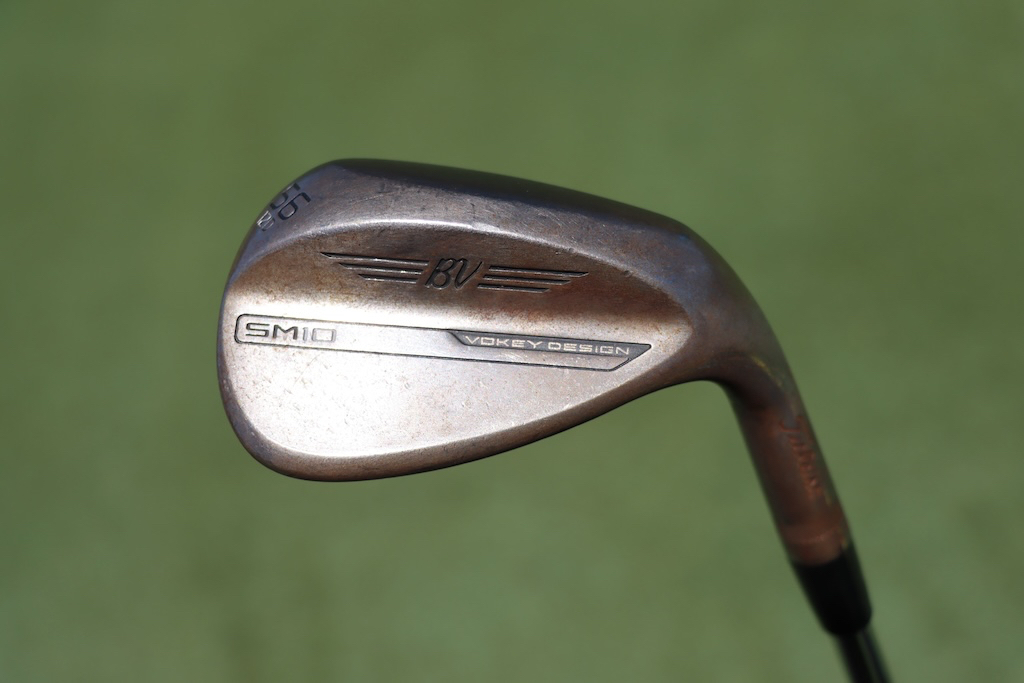
Putter: Bettinardi SS16 Dass
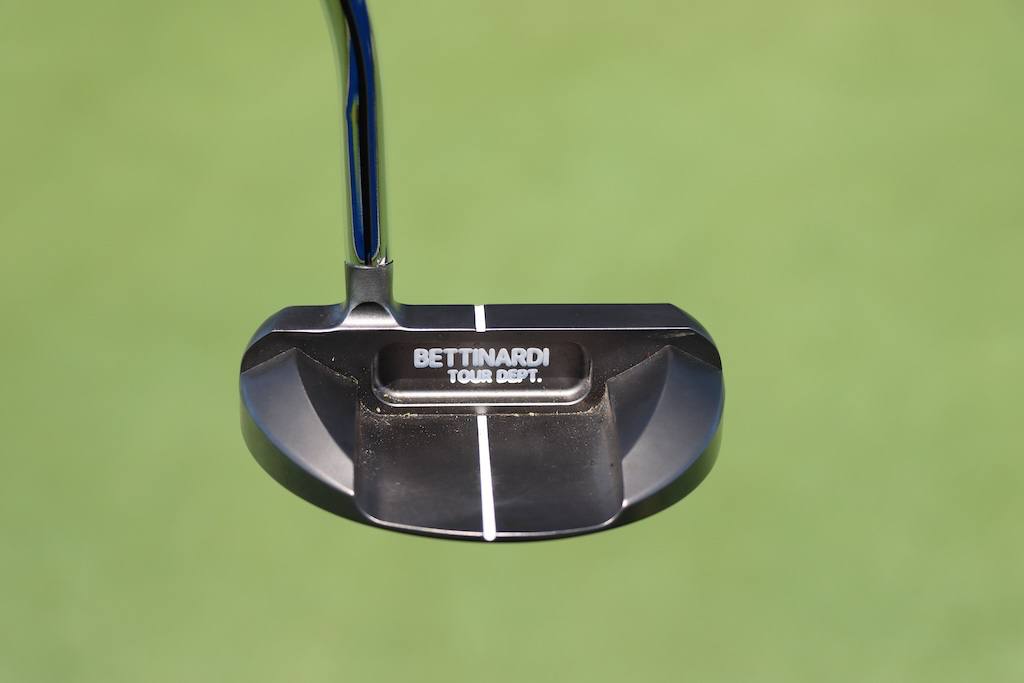
Grips: Golf Pride MCC
Check out more in-hand photos of Alex Fitzpatrick’s clubs here.
- LIKE12
- LEGIT0
- WOW0
- LOL1
- IDHT1
- FLOP0
- OB0
- SHANK0
Equipment
What’s the perfect mini-driver/shaft combo? – GolfWRXers discuss

In our forums, our members have been discussing Mini-Drivers and accompanying shafts. WRXer ‘JamesFisher1990’ is about to purchase a BRNR Mini and is torn on what shaft weight to use, and our members have been sharing their thoughts and set ups in our forum.
Here are a few posts from the thread, but make sure to check out the entire discussion and have your say at the link below.
- PARETO: “New BRNR at 13.5. Took it over to TXG (Club Champ but TXG will always rule) in Calgary for a fit. Took the head down to 12, stuck in a Graphite Design AD at 3 wood length and 60g. Presto- numbers that rivaled my G430Max but with waaaaay tighter dispersion. Win.”
- driveandputtmachine: “Still playing a MIni 300. The head was only 208, so I ordered a heavier weight and play it at 3 wood length. I am playing a Ventus Red 70. I play 70 grams in my fairways. I use it mainly to hit draws off the tee. When I combine me, a driver, and trying to hit a draw it does not work out well most of the time. So the MIni is for that. As an aside, I have not hit the newest BRNR, but the previous model wasn’t great off the deck. The 300 Mini is very good off the deck.”
- JAM01: “Ok, just put the BRNR in the bag along side a QI10 max and a QI10 3 wood. A load of top end redundancy. But, I have several holes at my two home courses where the flight and accuracy of the mini driver helps immensely. Mine is stock Proforce 65 at 13.5, I could see a heavier shaft, but to normal flex, as a nice alternative.”
Entire Thread: “What’s the perfect Mini-Driver/Shaft combo? – GolfWRXers discuss”
- LIKE6
- LEGIT1
- WOW0
- LOL0
- IDHT2
- FLOP1
- OB0
- SHANK7
-

 19th Hole3 weeks ago
19th Hole3 weeks agoDave Portnoy places monstrous outright bet for the 2024 Masters
-

 19th Hole6 days ago
19th Hole6 days agoJustin Thomas on the equipment choice of Scottie Scheffler that he thinks is ‘weird’
-

 19th Hole3 weeks ago
19th Hole3 weeks agoTiger Woods arrives at 2024 Masters equipped with a putter that may surprise you
-

 19th Hole6 days ago
19th Hole6 days ago‘Absolutely crazy’ – Major champ lays into Patrick Cantlay over his decision on final hole of RBC Heritage
-

 19th Hole2 weeks ago
19th Hole2 weeks agoTwo star names reportedly blanked Jon Rahm all week at the Masters
-

 19th Hole2 weeks ago
19th Hole2 weeks agoReport: LIV Golf identifies latest star name they hope to sign to breakaway tour
-

 19th Hole2 weeks ago
19th Hole2 weeks agoNeal Shipley presser ends in awkward fashion after reporter claims Tiger handed him note on 8th fairway
-

 19th Hole2 weeks ago
19th Hole2 weeks agoBrandel Chamblee has ‘no doubt’ who started the McIlroy/LIV rumor and why











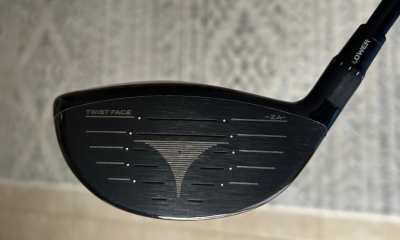

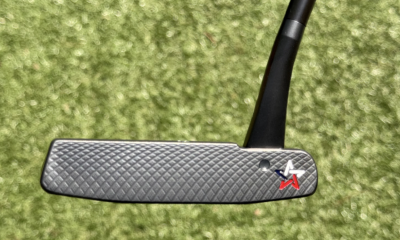










Beak
Jun 10, 2020 at 12:13 pm
Thick toplines inspire confidence?
s
Jun 16, 2020 at 11:44 pm
To some people maybe. I can’t stand looking at it. I sometimes wish Vokey made a full set of irons…
Tom54
Jan 7, 2021 at 5:43 pm
I have also wondered how a set of Vokey irons would look as well